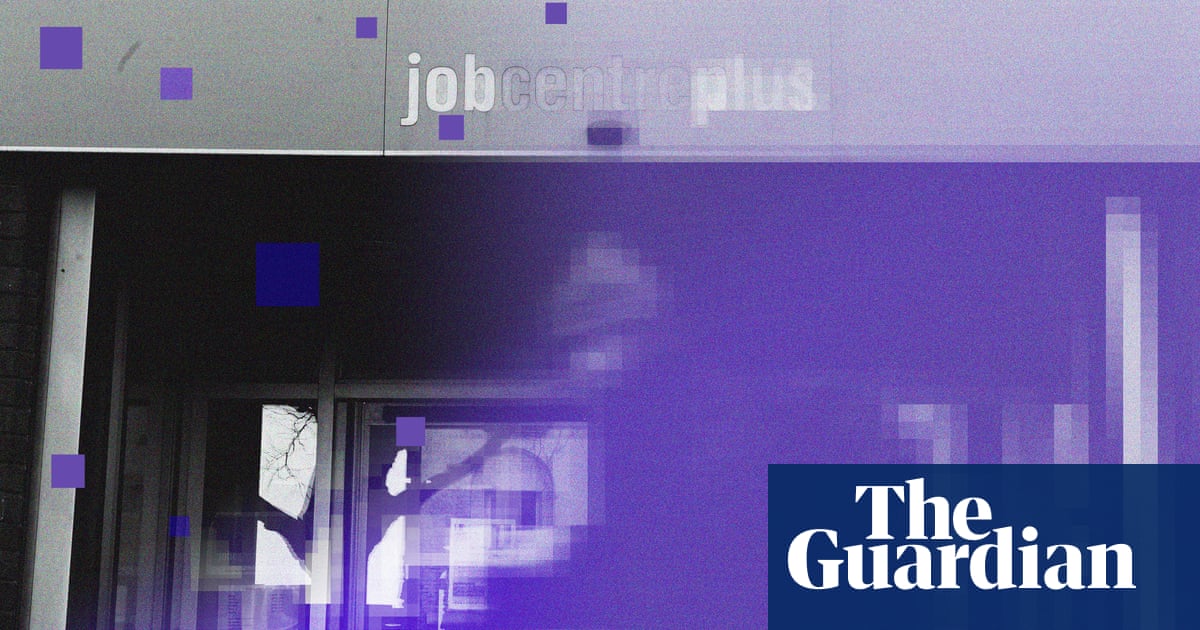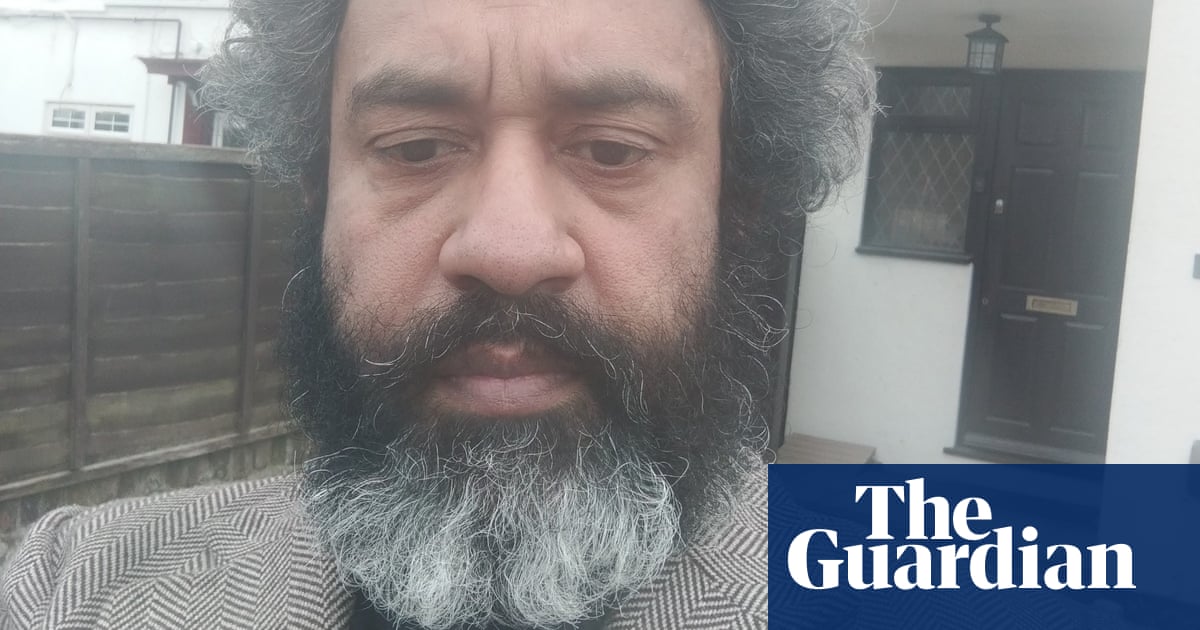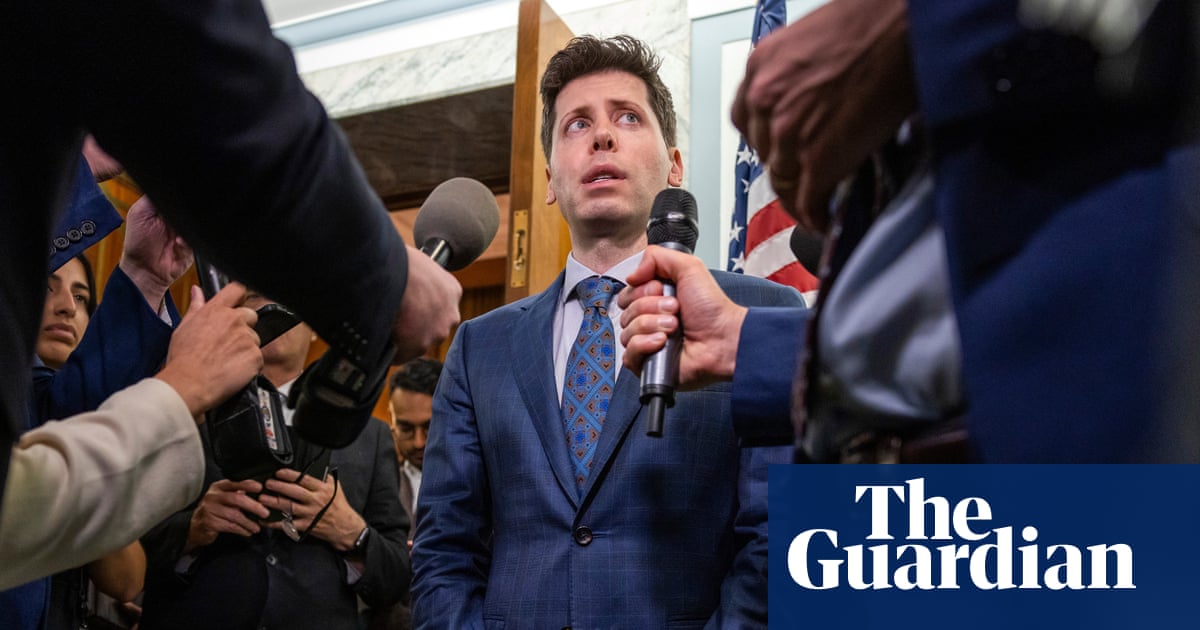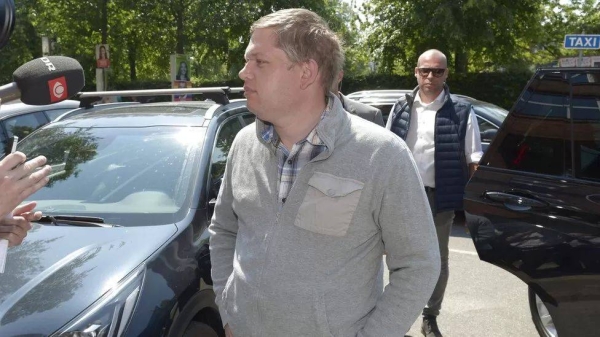
A sex offender convicted of making more than 1,000 indecent images of children has been banned from using any “AI creating tools” for the next five years in the first known case of its kind.
Anthony Dover, 48, was ordered by a UK court “not to use, visit or access” artificial intelligence generation tools without the prior permission of police as a condition of a sexual harm prevention order imposed in February.
The ban prohibits him from using tools such as text-to-image generators, which can make lifelike pictures based on a written command, and “nudifying” websites used to make explicit “deepfakes”.
Dover, who was given a community order and £200 fine, has also been explicitly ordered not to use Stable Diffusion software, which has reportedly been exploited by paedophiles to create hyper-realistic child sexual abuse material, according to records from a sentencing hearing at Poole magistrates court.
The case is the latest in a string of prosecutions where AI generation has emerged as an issue and follows months of warnings from charities over the proliferation of AI-generated sexual abuse imagery.
Last week, the government announced the creation of a new offence that makes it illegal to make sexually explicit deepfakes of over-18s without consent. Those convicted face prosecution and an unlimited fine. If the image is then shared more widely offenders could be sent to jail.
Creating, possessing and sharing artificial child sexual abuse material was already illegal under laws in place since the 1990s, which ban both real and “pseudo” photographs of under-18s. In previous years, the law has been used to prosecute people for offences involving lifelike images such as those made using Photoshop.
Recent cases suggest it is increasingly being used to deal with the threat posed by sophisticated artificial content. In one going through the courts in England, a defendant who has indicated a guilty plea to making and distributing indecent “pseudo photographs” of under-18s was bailed with conditions including not accessing a Japanese photo-sharing platform where he is alleged to have sold and distributed artificial abuse imagery, according to court records.
In another case, a 17-year-old from Denbighshire, north-east Wales, was convicted in February of making hundreds of indecent “pseudo photographs”, including 93 images and 42 videos of the most extreme category A images. At least six others have appeared in court accused of possessing, making or sharing pseudo-photographs – which covers AI generated images – in the last year.
The Internet Watch Foundation (IWF) said the prosecutions were a “landmark” moment that “should sound the alarm that criminals producing AI-generated child sexual abuse images are like one-man factories, capable of churning out some of the most appalling imagery”.
Susie Hargreaves, the charity’s chief executive, said that while AI-generated sexual abuse imagery currently made up “a relatively low” proportion of reports, they were seeing a “slow but continual increase” in cases, and that some of the material was “highly realistic”. “We hope the prosecutions send a stark message for those making and distributing this content that it is illegal,” she said.
It is not clear exactly how many cases there have been involving AI-generated images because they are not counted separately in official data, and fake images can be difficult to tell from real ones.
Last year, a team from the IWF went undercover in a dark web child abuse forum and found 2,562 artificial images that were so realistic they would be treated by law as though they were real.
The Lucy Faithfull Foundation (LFF), which runs the confidential Stop It Now helpline for people worried about their thoughts or behaviour, said it had received multiple calls about AI images and that it was a “concerning trend growing at pace”.
It is also concerned about the use of “nudifying” tools used to create deepfake images. In one case, the father of a 12-year-old boy said he had found his son using an AI app to make topless pictures of friends.
In another case, a caller to the NSPCC’s Childline helpline said a “stranger online” had made “fake nudes” of her. “It looks so real, it’s my face and my room in the background. They must have taken the pictures from my Instagram and edited them,” the 15-year-old said.
The charities said that as well as targeting offenders, tech companies needed to stop image generators from producing this content in the first place. “This is not tomorrow’s problem,” said Deborah Denis, chief executive at the LFF.
The decision to ban an adult sex offender from using AI generation tools could set a precedent for future monitoring of people convicted of indecent image offences.
Sex offenders have long faced restrictions on internet use, such as being banned from browsing in “incognito” mode, accessing encrypted messaging apps or from deleting their internet history. But there are no known cases where restrictions were imposed on use of AI tools.
In Dover’s case, it is not clear whether the ban was imposed because his offending involved AI-generated content, or due to concerns about future offending. Such conditions are often requested by prosecutors based on intelligence held by police. By law, they must be specific, proportionate to the threat posed, and “necessary for the purpose of protecting the public”.
A Crown Prosecution Service spokesperson said: “Where we perceive there is an ongoing risk to children’s safety, we will ask the court to impose conditions, which may involve prohibiting use of certain technology.”
Stability AI, the company behind Stable Diffusion, said the concerns about child abuse material related to an earlier version of the software, which was released to the public by one of its partners. It said that since taking over the exclusive licence in 2022 it had invested in features to prevent misuse including “filters to intercept unsafe prompts and outputs” and that it banned any use of its services for unlawful activity.












